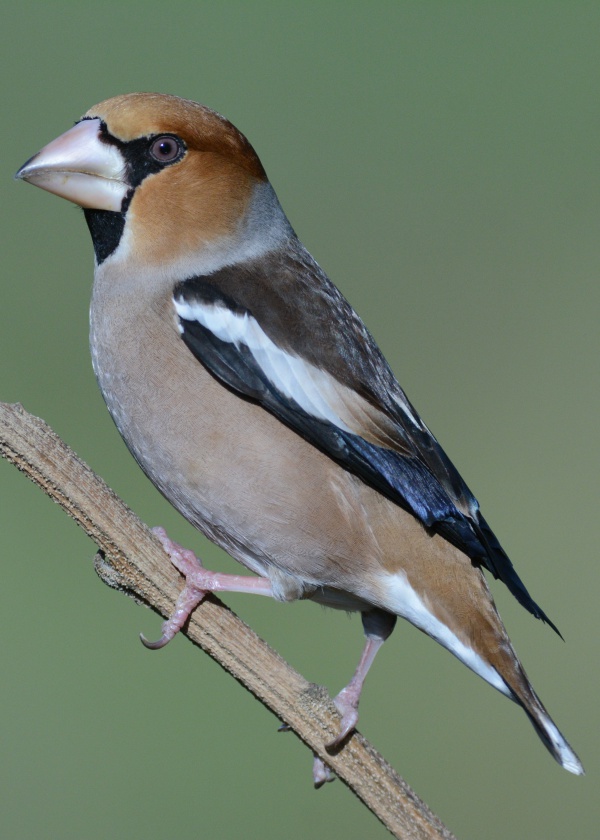Facts About Hawfinch
The hawfinch, a delightful member of the finch family (Fringillidae), is a passerine bird that inhabits Europe and temperate Asia. While some hawfinches in Asia migrate south during winter, they typically prefer deciduous or mixed woodlands for breeding. These birds construct their nests in bushes or trees and primarily feed on seeds and fruit kernels.
Distinguished by their robust build, hawfinches feature an orange-brown head, a substantial bill, and dark brown upper parts. The species boasts a rich history; it was first described by Conrad Gesner in 1555 and later classified by Carl Linnaeus. Molecular studies indicate that hawfinches are closely related to other grosbeaks. Six known subspecies of hawfinches inhabit various geographical regions.
Hawfinches are distributed across Europe, Eastern Asia, and North Africa, with occasional sightings in Alaska. During the breeding season, they favor deciduous forests, but in autumn and winter, they relocate to forests that offer ample food supplies. In the British Isles, hawfinch populations have fluctuated considerably over the years.
These birds are quite elusive and tend to remain high in the trees. They exhibit monogamous behavior and engage in elaborate courtship displays. Once paired, they build nests in trees and jointly raise their young. With their powerful beaks, hawfinches can crack open tough seeds and fruits. Their flight is swift and direct, though it may exhibit some undulations during longer journeys.
Hawfinches are partial migrants, with some individuals opting to migrate south for the winter. The global population is estimated to be between 14.7 and 50.4 million individuals, with significant numbers in countries like Romania and Croatia. Conversely, the UK population has dramatically decreased, with only about 500 to 1,000 breeding pairs recorded in 2013. Despite this decline, the hawfinch is listed as "Least Concern" by the IUCN, thanks to its large global population and extensive breeding range.

 Ireland
Ireland